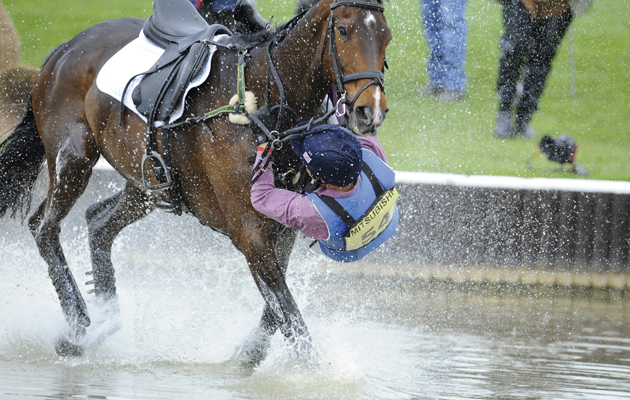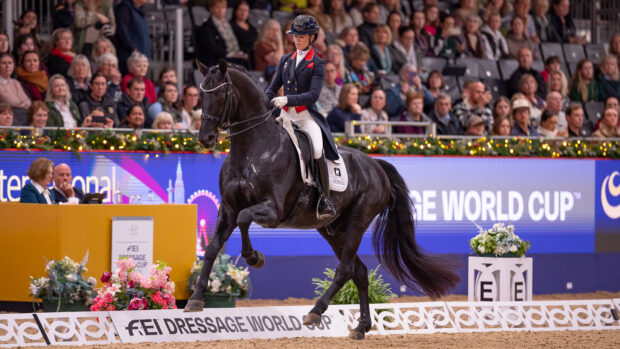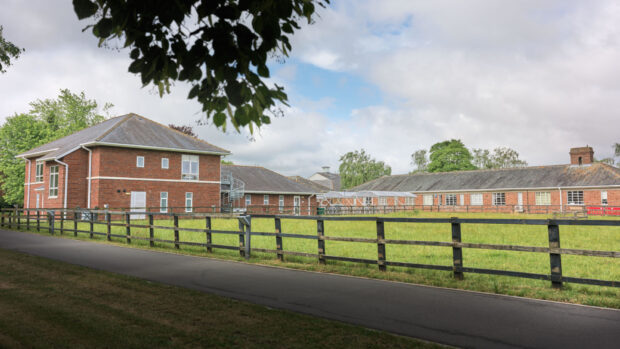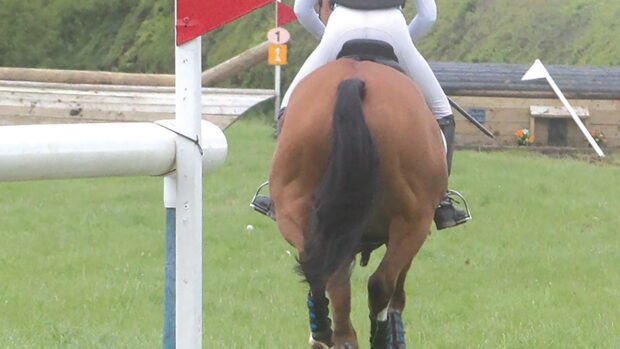Riders are being urged to send any footage of falls to scientists conducting potentially ground-breaking spinal injury research.
The University of Bath is to look into how spinal injuries occur in riders, with the aim of reducing the risk of these occurring in future.
The university’s applied biomechanics department has already conducted long-term research into broken necks in rugby and since, as a result of this, rules of engagement in scrums were changed, leading to far fewer injuries.
Melanie Reid, who writes the Spinal Column in the Saturday Times magazine, broke her neck in a cross-country fall some eight years ago.
She is a major supporter of the research project, which it is hoped will provide scientific evidence for the safest protective equipment.
“It’s absolutely fascinating what the application of science can do to a sport without ruining it,” she told H&H. “If one rider could be spared a lifetime of paralysis — we are determined to lessen the number of life-changing injuries.
“The dream is to design a form of body protector that could be customised for different disciplines to give full spinal protection.
“It might be that existing air jackets just need tweaking to make them even safer, then we could have a standard similar to that for safety helmets. It would be wonderful if no one else suffered the catastrophe of ending up in a wheelchair.”
Ms Reid and her fellow supporters are asking riders to send footage of any falls, and information on whether any serious or minor injury was sustained or not, to the researchers.
“If we can get the hard biomechanical science behind the forces that break a spine and find a way to protect it, it would be a fantastic result,” she said.
“We’re appealing to H&H readers to help us by sending videos of falls, along with details of any injuries. Perhaps it’s stuff they’ve posted on Facebook or YouTube. The proviso is that the rider has to have given their consent.”
Continues below…

Eventer completes Blenheim ERM with broken neck
The rider thought the pain and numbness she had been feeling since a fall at Millstreet were due to a

Scans show Tim Stockdale’s broken neck is healing well
Tim Stockdale is upbeat after his latest sets of scans revealed his neck is healing well

More spinal injuries from riding horses than playing rugby
The consultant who treated showjumper Tim Stockdale for his broken neck says he is seeing more spinal injuries as a
Baroness Masham and Annie Maw, who both broke their backs in riding accidents, are also major supporters of the project, which has been backed by the FEI and British Horse Society, among others.
“We’re three people who have lived in wheelchairs for a long time, from falls doing something we loved,” Ms Reid said. “We’d like this to be the last generation, and the videos people send in could help us make that difference. Isn’t that a worthy dream?
“When you live the reality of being in a wheelchair – we don’t want anyone else to join us.”
Riders should contact d.cazzola@bath.ac.uk on the data-compliant way to email videos, with injury data.
For more on the project, see this week’s H&H magazine, out 23 August.




